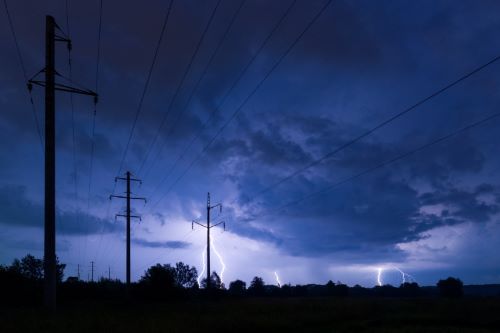The Future of Hydrogen: Balancing Renewable Energy and Cost Considerations

June 5, 2024
The global demand for hydrogen is rising as sectors such as agriculture, manufacturing, transportation and energy explore the platform’s potential as a feedstock or fuel source. Governments worldwide view hydrogen as a crucial component of the energy transition and a pathway to achieving carbon neutrality.
Despite the broad readiness for the expansion of hydrogen utilization and progress made on the technologies, there are challenges to overcome, particularly in terms of production methods and the availability of renewable energy to run the electrolysis. Let’s delve into the complexities of incorporating hydrogen into the energy landscape and the considerations for its successful adoption.
The Role of Electrolysis
While there are various pathways and mechanisms to incorporate hydrogen into the sectors that seek to add it to the value chain, a primary focus is on the production of hydrogen via electrolysis. Not all forms of electrolysis are created equal in terms of capital costs, efficiencies and flexibility. However, it’s the fuel used to power the electrolysis that could have the most significant impact on the trajectory of hydrogen production and utilization in the US.
Tax Credit Qualification and Renewable Energy
The US Department of Treasury is finalizing its guidance on tax credit qualification rules for green hydrogen under Section 45V of the Inflation Reduction Act. The environmental priority is for electrolysis to be exclusively powered by renewable energy. However, current renewable capacity is insufficient to meet intended targets for hydrogen use. The reliance on renewables alone may require the grid to more heavily rely on fossil fuels for reliability, potentially negating the benefits of “green” electrolysis.
Cost Concerns and Blue Hydrogen
A recent study by WoodMac shows that the levelized cost of hydrogen produced via electrolysis powered by renewables is measurably higher than electrolysis via fossil fuels. As a result, near-term hydrogen development projects are supported by fossil fuels, particularly natural gas. This form of electrolysis, known as blue hydrogen, could qualify for tax credits under Section 45Q of the Inflation Reduction Act if it includes carbon sequestration.
The Challenges of Carbon Capture and Storage (CCS)
To qualify for the 45Q tax credit, fossil-powered electrolysis must incorporate carbon capture and storage (CCS) technologies. While CCS-enhanced oil recovery has been in use for decades, large-scale CO2 capture is still not proven effective enough to decarbonize a significant portion of the US hydrogen economy.
Implementing CCS would require additional investment in infrastructure alongside the hydrogen production and transport systems. Processes for both CO2 capture and hydrogen distribution can be carried out via truck, mitigating the need for new pipelines. Unless these trucks are running off of battery or fuel cell power, the process again may defeat the purpose in terms of emissions.
Matching Electrolysis with Renewable Generation
A critical aspect of the final guidance will be determining the “matching” requirements for electrolysis and renewable generation. Striking the right balance in quantity, time scale and alignment with incremental renewable generation is essential. If the IRS becomes too aggressive with its requirements, hydrogen developers may face challenges accessing necessary renewables, project viability may be compromised and long-term investment certainty could be undermined.
A Path Towards Sustainable Hydrogen
Finding a balance between electrolysis powered by renewables when available and traditional energy sources like natural gas or nuclear power when necessary could help expedite the realization of hydrogen’s potential. While the goal is to maximize the use of renewables in electrolysis, the current limitations in renewable capacity necessitate alternative approaches. Treasury’s careful consideration of the near and long-term requirements for hydrogen production will help foster investment, innovation and long-term sustainability in the industry.
Shape the Renewable Energy Future with Ulteig
Ulteig stands ready to support your hydrogen initiatives. Our comprehensive interconnection services offer a smooth transition to the hydrogen economy. We can help ensure hydrogen production facilities are appropriately integrated with the grid, as well as offer capacity expansion evaluation and production cost modeling for hydrogen-based generation.
Connect with us today to learn more.
WHAT MAKES ULTEIG DIFFERENT?
From global energy producers to locally funded cities and private developers to government agencies, the clients we serve encompass a broad range of relationships and projects. Find out why Ulteig is a leader in the engineering industry.
Contact Us


